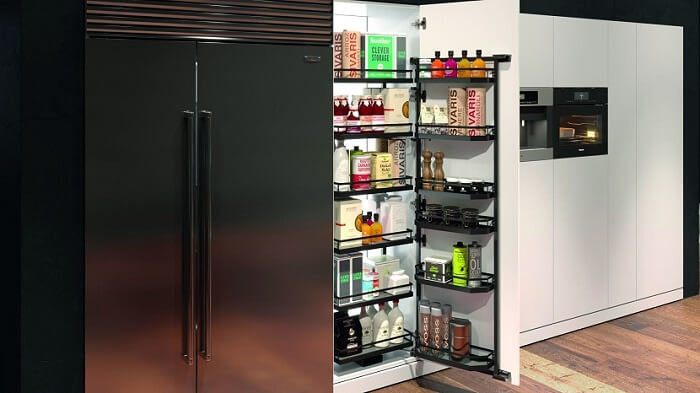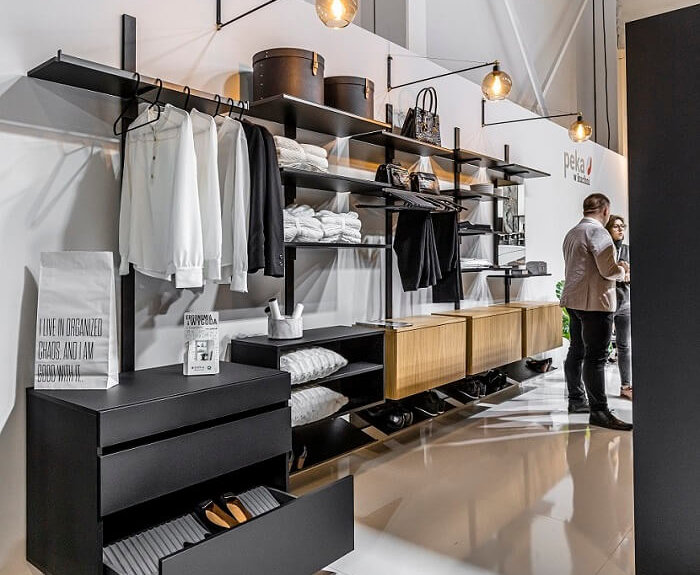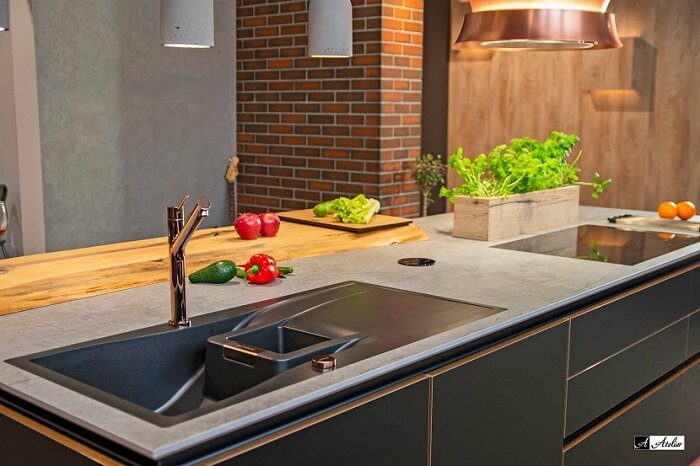Coraz więcej Polaków pracuje przy komputerze i co za tym idzie, coraz istotniejsza w naszym kraju staje się ergonomia takiej pracy. Źle dobrane krzesło biurowe najczęściej objawia nam się uporczywym bólem kręgosłupa po wielogodzinnej pracy. Oprócz zachowania odpowiedniej ilości przerw niesamowicie ważne jest wsparcie kręgosłupa, które zapewni wysokie, wyprofilowane oparcie. Niemniej istotne są podłokietniki, które choć zdają się mieć jedynie funkcję dodatkową, także odciążają kręgosłup. Na co zwracać uwagę przy wyborze krzeseł biurowych do pracy i jak je ustawiać?
Najważniejsze elementy krzesła do biur
Kiedy wybieramy najlepsze dla siebie krzesło biurowe, warto zwrócić uwagę na pięć najważniejszych elementów, które wpłyną na wygodę jego użytkowania i ergonomię pracy.
- Siedziskoodpowiada za wygodę, ale i stabilność krzesła. Warto zwrócić uwagę na jego głębokość, która uważa się, że powinna sięgać 3/4 długości ud. Nie powinno być ono za twarde, ale również nie może być zbyt miękkie i powodować uczucia ?wpadania?.
- Oparcie w bardzo dużej mierze odpowiada za podtrzymanie kręgosłupa. Bezwzględnie zawsze powinno podpierać część lędźwiową i zaleca się, aby sięgało wysokością do łopatek użytkownika.
- Regulacjaw krzesłach biurowych jest niezwykle ważna, bo przecież nikt z nas nie ma dokładnie tych samych wymiarów ciała. Dopasowanie krzesła do swojej wygody to nie tylko przywilej, ale i również obowiązek patrząc przez pryzmat ergonomii pracy.
- Podłokietnikito oparcie dla rąk zmęczonych wielogodzinną pracą przy komputerze. Dodatkowo odpowiednio ustawiony kąt, pod którym układają się na nich przedramiona, odciąża kręgosłup z ciężaru ciała.
- Wykonaniewpływa głównie na trwałość krzesła biurowego, jednak nie można zapomnieć o doborze materiałów, który możemy odczuć na własnej skórze. Mowa chociażby o wykonaniu siedziska, które w gorący dzień przykleja się do skóry ud.
Jak dobrać krzesło biurowe do budowy ciała użytkownika?
Choć aktualnie prawie każde krzesło biurowe posiada już regulację, która pozwoli dostosować je pod nasze indywidualne wymagania, warto jednak spojrzeć dokładniej na wymiary przy zakupie. Szczególnie dotyczy to osób o niestandardowej budowie – tych bardzo wysokich, lub niskich, bardzo szczupłych, lub mających wyraźniejsze kształty.
Pod kątem wzrostu, warto sprawdzić regulację wysokości, jaką ma krzesło biurowe, którym jesteśmy zainteresowani. Przy niestandardowym wzroście istotne może okazać się także oparcie krzesła, dlatego warto dokładnie sprawdzić jego wysokość i możliwość regulacji jeszcze przed zakupem.
Dla osób o większej wadze najwygodniejsze będzie krzesło biurowe z szerokim siedziskiem i oparciem. Ważna będzie także głębokość siedziska, która powinna podpierać 3/4 ud. Odkryj stylowe produkty do domu, dzięki którym poczujesz się jak u siebie w sklepie https://www.sfmeble.pl/. Znajdziesz tam krzesła, na których każdy może wygodnie usiąść.
Dlaczego system regulacji krzesła biurowego jest ważny?
Każdy z nas jest wyjątkowy również pod kątem naszych rozmiarów i kształtów. Regulowane krzesło biurowe daje możliwość dopasowania go do każdego z nas tak, aby nikt nie musiał rezygnować z wygody. System regulacji krzesła biurowego może obejmować między innymi:
- regulowane odchylenie oparcia, dla jeszcze większej wygody kręgosłupa podczas długiej pracy,
- regulowaną głębokość siedziska, aby zapewnić udom odpowiednie podparcie,
- regulowane podłokietniki, żeby zawsze zachować dobre ustawienie przedramion odciążające kręgosłup,
- regulowaną wysokość siedziska, aby niezależnie od wzrostu i długości nóg móc je położyć na podłodze.
Właściwe ustawienie wszystkich elementów w krześle biurowym, to późniejszy brak uporczywego bólu kręgosłupa po wielu godzinach spędzonych na pracy przy komputerze. Regulacja daje pewien zakres, w którym możemy dostosować krzesło biurowe pod siebie.
Jak ustawić krzesło biurowe we właściwy sposób?
Zaczynając od oparcia, powinniśmy zawsze pamiętać o tym, aby wspierało ono odcinek lędźwiowy kręgosłupa. Powinniśmy również zwracać uwagę na jego wysokość – uważa się, że oparcie powinno sięgać co najmniej do łopatek użytkownika, jednak krzesła z zagłówkiem będą jeszcze wygodniejsze.
Ustawiając podłokietniki, bierzmy pod uwagę kąt ułożenia przedramienia względem barek. Powinno być to dokładnie 90 stopni, ponieważ takie ułożenie gwarantuje odpoczynek nie tylko dla zmęczonych pracą rąk, ale również i dla kręgosłupa.
Wysokość krzesła biurowego powinna być ustawiona tak, aby użytkownik bez żadnych trudności mógł położyć obie stopy na podłodze. Jednocześnie kąt zgięcia nogi w kolanie powinien wynosić dokładnie 90 stopni.
Ustawiając siedzisko krzesła, dopasujmy jego głębokość tak, aby sięgała ona 2/3 lub 3/4 długości naszych ud.
Krzesło biurowe klasyczne czy kubełkowe?
Krzesła kubełkowe to wyższa ergonomia pracy, która szczególnie sprawdzi się u osoby pracującej wiele godzin przy biurku. Klasyczne krzesło biurowe ma zwykle do dyspozycji użytkownika przynajmniej podstawową regulację, która pomoże dostosować je do wymiarów użytkownika. Świetnie sprawdzi się ono u wielu ludzi, którzy jednak nie poświęcają się pracy przy komputerze na pełen etat. Klasyczne krzesło biurowe będzie także tańsze od kubełkowego, które w zamian za wyższą cenę, odpłaci się użytkownikowi nieporównywalną wygodą, docenianą szczególnie po wielu godzinach spędzonych na ważnej pracy.


















Dołącz do dyskusji